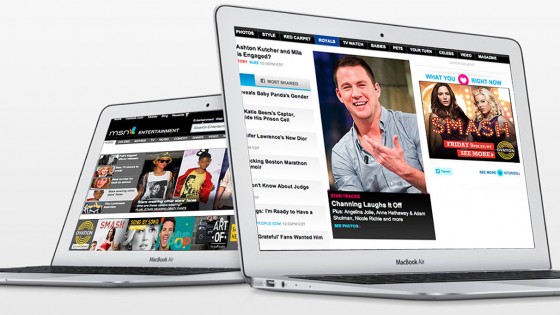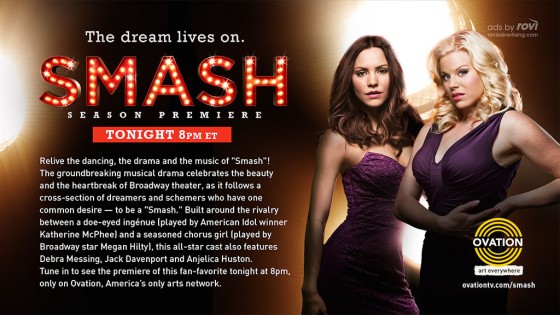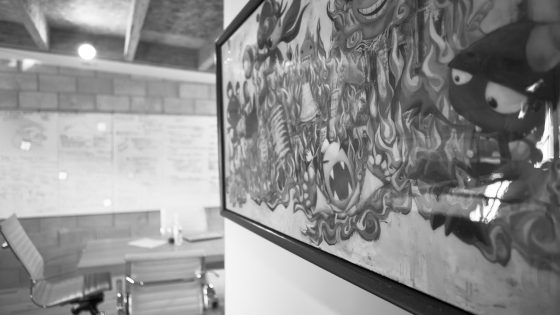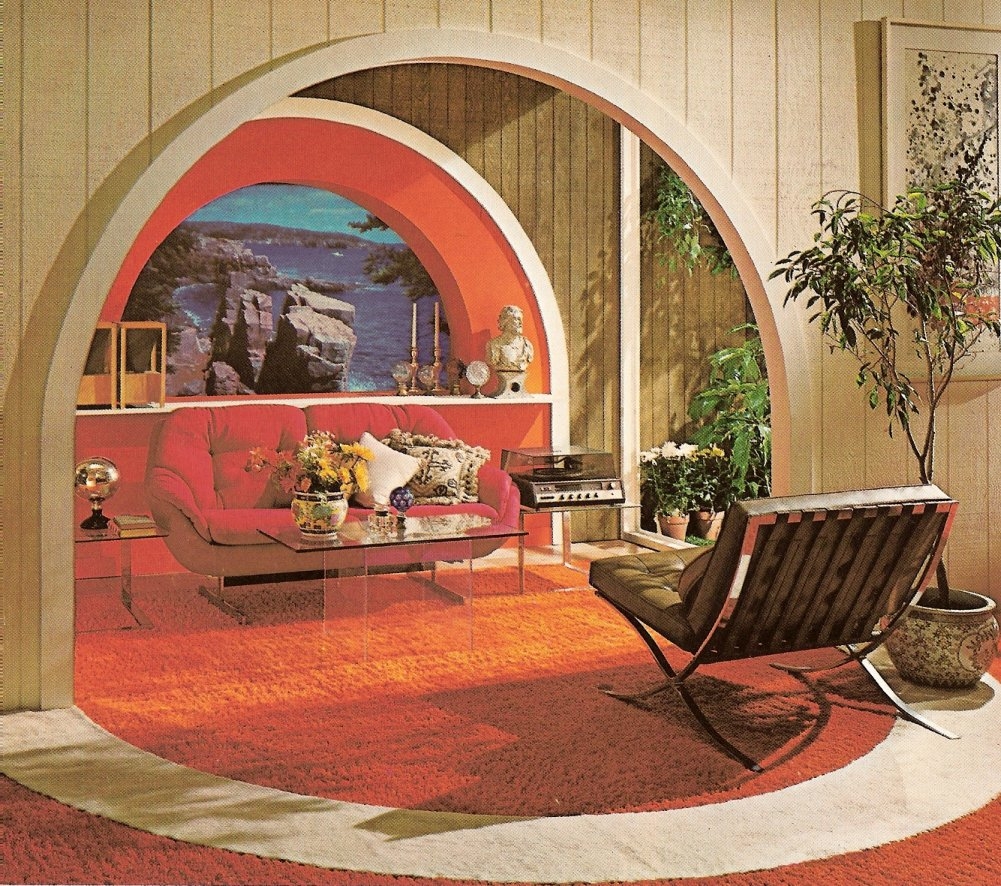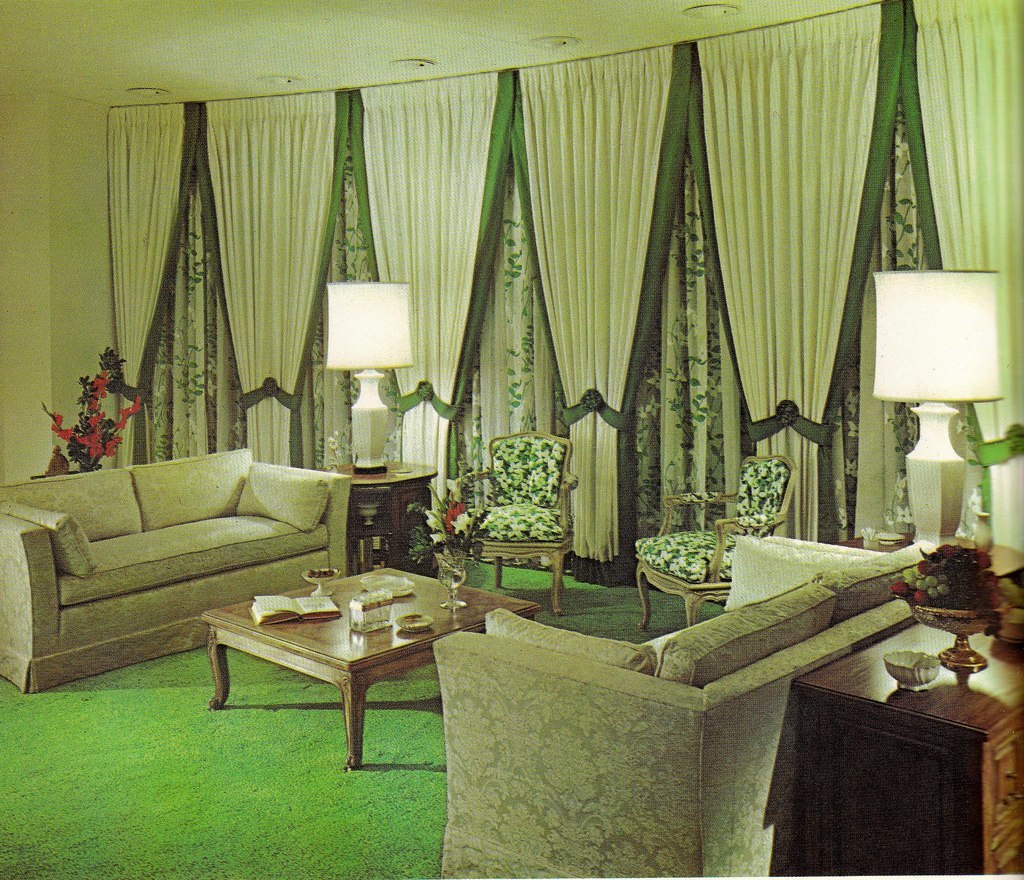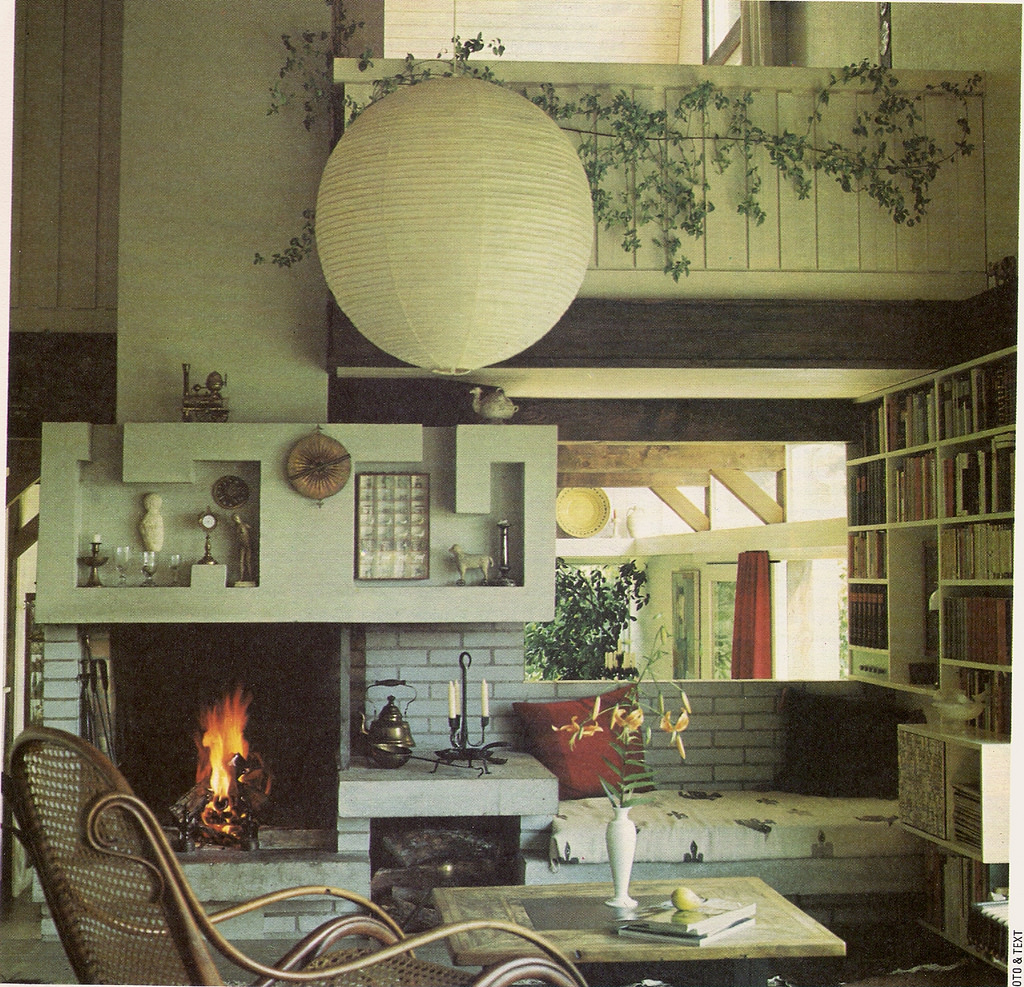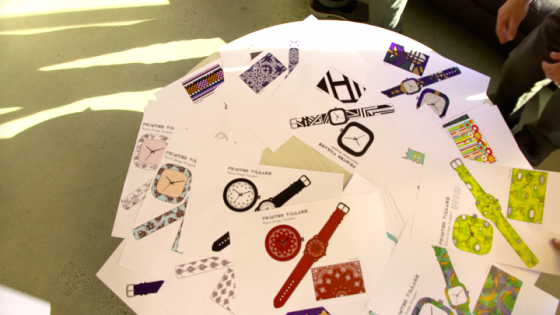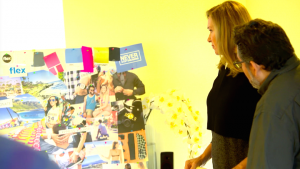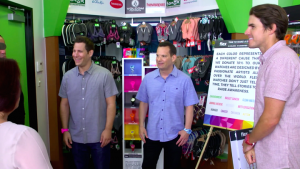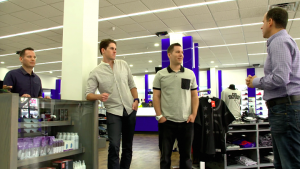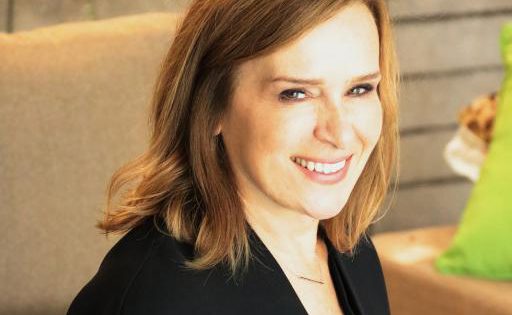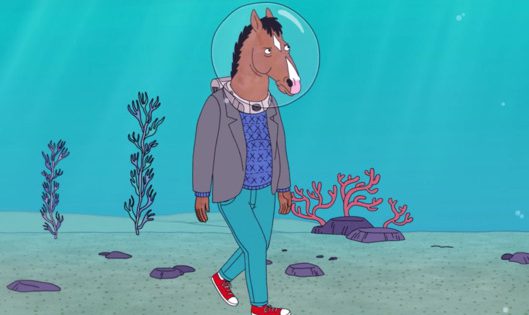Recently, our Co-Founder and CCO Ish Obregon shared his thoughts on the state of our industry for POST Magazine’s January print issue. Read on as Ish explains why he thinks our industry is being “compressed”, even as it grows, and how we can best wield technology’s power.

If I can describe the state of our industry in one word, it would be compression. The high-end quality VFX once reserved primarily for feature films and TV shows is now a mainstay in other sectors, such as commercials and on-air promos. Financially, it’s become cheaper, faster and easier to create a blockbuster-level VFX for smaller projects.
Recent college grads and others who didn’t have access to the latest technology before are now able to command top VFX jobs, while clients are demanding high-end creators to work at a lower-end pay scale. Everything is increasingly being compressed into this middle ground; however, I see this as a positive. There’s a push for innovation that goes above and beyond the standardization of what was once considered leading edge technology. It forces our industry to develop more practical creative processes, tools and systems, and embrace promising new means of content and platforms, such as VR, AI and data mining for design, and propel the evolution of creative culture.
 One major area of growth is our deeper understanding of human behaviors, regardless of what technology we use. It’s important for companies to understand the viewer, user or participant’s POV and their psyche, because it all comes back to how you tell the story. You can create a beautiful sci-fi film using the best tools available, but when you combine these visuals with a well-told story, it becomes a much deeper experience that far surpasses the luster and gloss of new technology and VFX. Audiences want to be swept away not only visually, but emotionally. Now, we’re masters of those techniques, but the question is, what are we going to do with them?
One major area of growth is our deeper understanding of human behaviors, regardless of what technology we use. It’s important for companies to understand the viewer, user or participant’s POV and their psyche, because it all comes back to how you tell the story. You can create a beautiful sci-fi film using the best tools available, but when you combine these visuals with a well-told story, it becomes a much deeper experience that far surpasses the luster and gloss of new technology and VFX. Audiences want to be swept away not only visually, but emotionally. Now, we’re masters of those techniques, but the question is, what are we going to do with them?
I think most companies do a good job of keeping up with technology. However, in order to best wield its power, we must remember that technology can never replace our story — and that tools and tricks should never be our crutch. Only after you’ve established a strong foundation that distinguishes who you are and what you stand for, will technology enhance the narrative journey you create for others. True innovation happens when the forces of culture, creativity and consumerism collide. We’re still telling the same stories we always have, but we’re just using new tools to tell them in a different way.


 that both series were developed by their stars, who took their real-life experiences to parlay them into fictional versions of themselves. In
that both series were developed by their stars, who took their real-life experiences to parlay them into fictional versions of themselves. In 